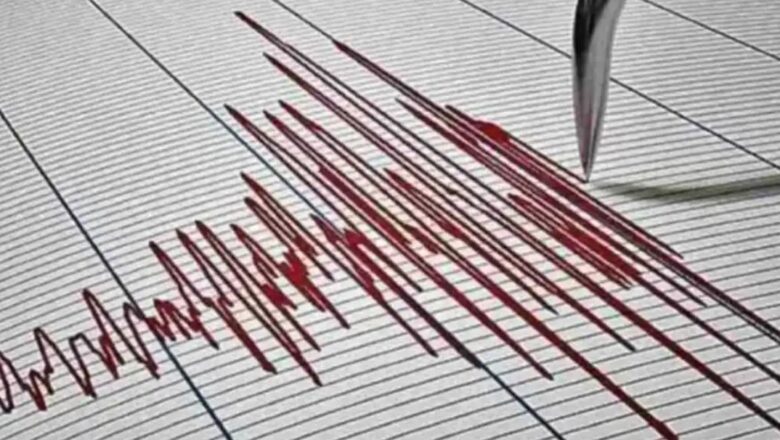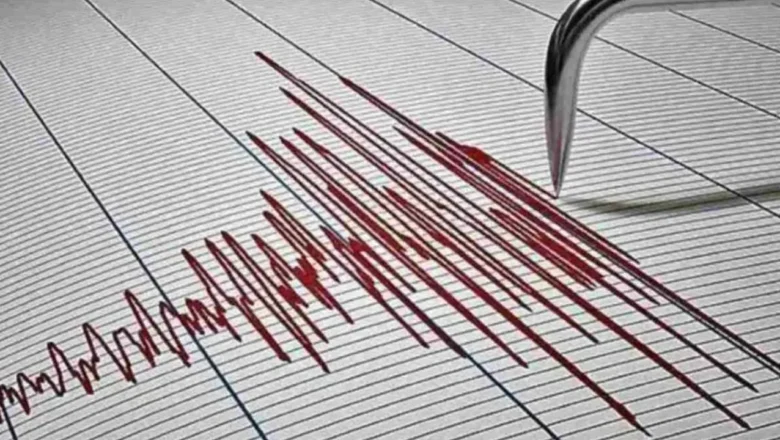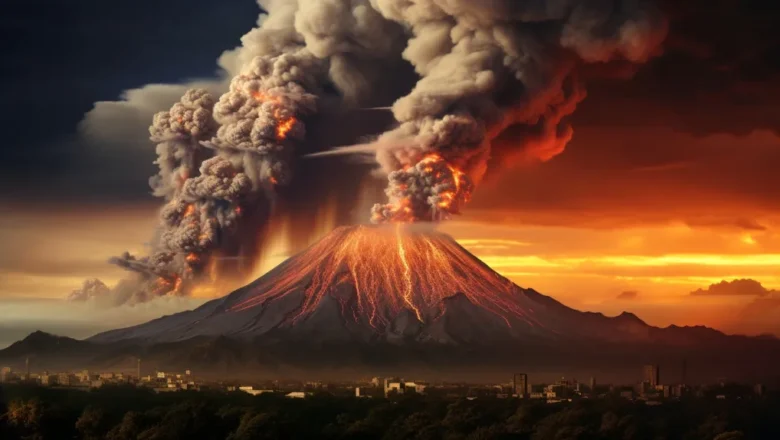
Deep Sea Awakens: Axial Seamount’s Looming Eruption & Its Role in Shaping Ocean Life
Axial Seamount, an underwater volcano nearly 300 miles off the Oregon coast, is rumbling with seismic activity, hinting at an imminent eruption before the end of 2025. Known for past eruptions in 1998, 2011, and 2015, this deep-sea volcano lies at the intersection of a tectonic plate boundary and a geological hotspot. As magma accumulates beneath the surface, scientists are closely monitoring the site for what could be a spectacular yet safe eruption offering a window into Earth’s inner workings and its influence on ocean ecosystems.
What Is Axial Seamount?
Axial Seamount also known as Coaxial Seamount or Axial Volcano is a submarine shield volcano located on the Juan de Fuca Ridge in the Pacific Ocean. Situated about 480 kilometers west of Cannon Beach, Oregon, it rises roughly 1,100 me...






